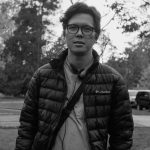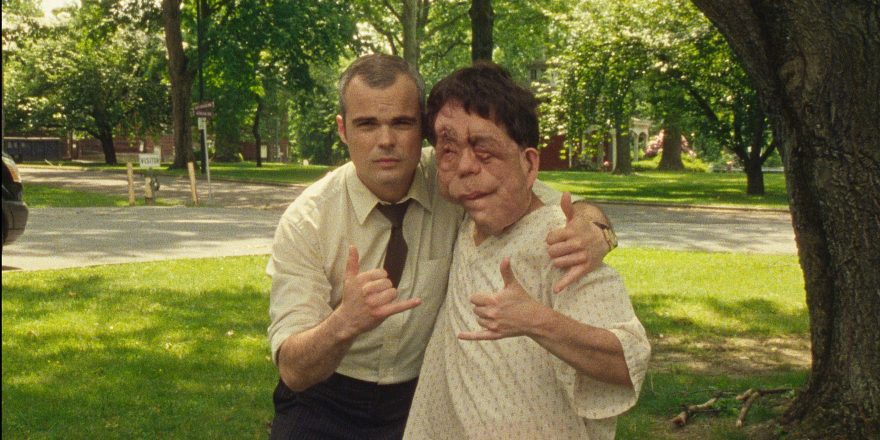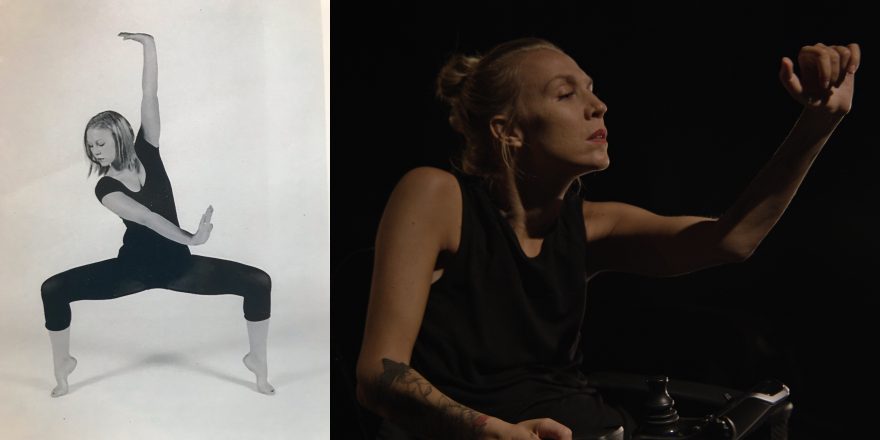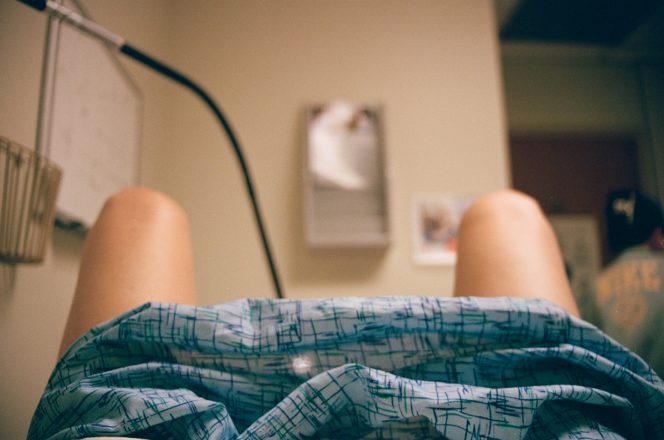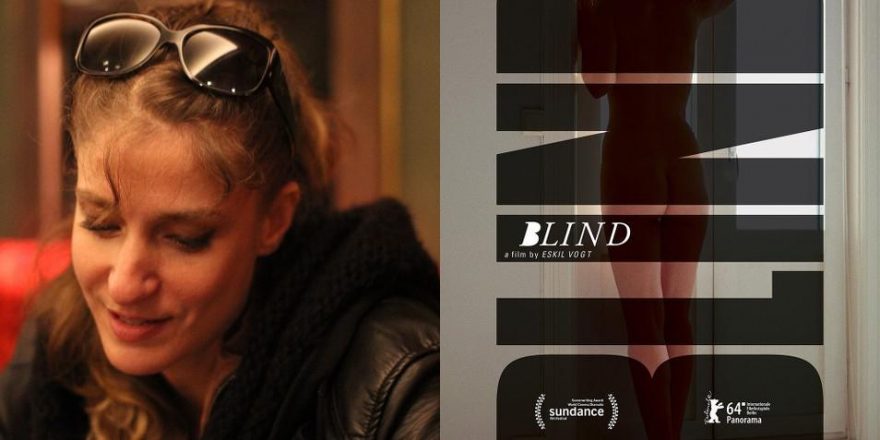It was January in Pasadena when I got the news. The year was 2020.
I was at an ophthalmologist’s office, having been referred there from an optometrist in Albuquerque, where I’d just moved from. In the empty waiting room, I picked up and browsed magazines I had no interest in – pretending to read them, pretending to hide my nerves from my wife who was sat beside me. I glanced over. She was holding a magazine too, but her eyes drifted around the page. She was doing the same.
Two weeks ago, I’d been on a high. I was in Park City with my producer and it was our first time at the Sundance Film Festival. We weren’t there with a film, but with a film in the works: our first feature, Little Brother. In a way, it was 10 years in the making, because although I’d written it two years ago, we’d been making movies together since college – wishing and working towards a full-length film.
We were at the festival hoping to make some connections to help get Little Brother made, but mostly we were there to get some inspiration, both of us knowing the journey to an independent feature was a long and winding one. And in that way, Sundance delivered. I had a spiritual experience watching the world premiere of Eliza Hittman’s Never Rarely Sometimes Always. Then after a screening of Danny Madden’s Beast Beast, I met Jim Cummings, patiently waiting for the crowd around him to dissipate before introducing myself.
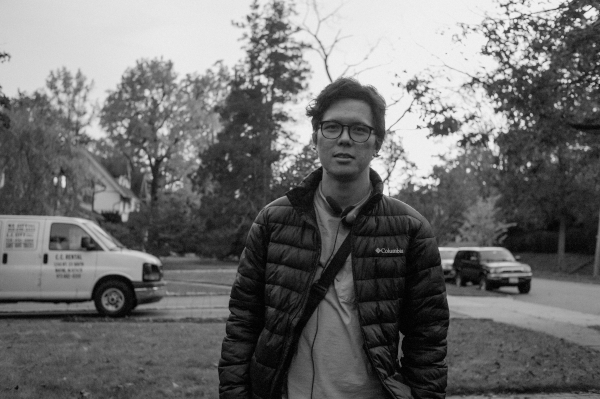
I told him I was moving to Los Angeles and was in the early stages of making my first feature. Jim, indie filmmaking’s Phil Knight, told me to “Just fucking do it,” and without hesitation, grabbed my phone and punched in his number.
“Call me when you get there.”
On the night bus back to my hotel, I was vibrating. Sometimes life veers so far from the ordinary, it feels surreal. I was from a small town in southern New Mexico, where saying you want to make films is akin to saying you want to walk on the moon.
Now I was moving to Los Angeles and making my first feature. The chaos of the cosmos seemed to come to order and, even if for a moment, everything made sense.
“Sheridan O’Donnell?” A nurse popped her head into the room.
“That’s me.” With clammy hands, I set the Better Homes and Gardens on the table in front of me.
She kept a cool tone. “We’re ready for you.”
She led me into a room and ran some routine eye tests before giving me drops that dilated my eyes. Then she brought me to a technician who ran some more specialized tests, one that took a detailed scan of my retina and another that evaluated my peripheral vision.
After that, they brought me back to the first room, where I waited for the doctor. When he came in, I stood up to meet him. After he introduced himself, he asked me to sit down and I knew immediately something serious was coming.
The words fell out of his mouth with a surprising amount of ease.
“Retinitis Pigmentosa.”
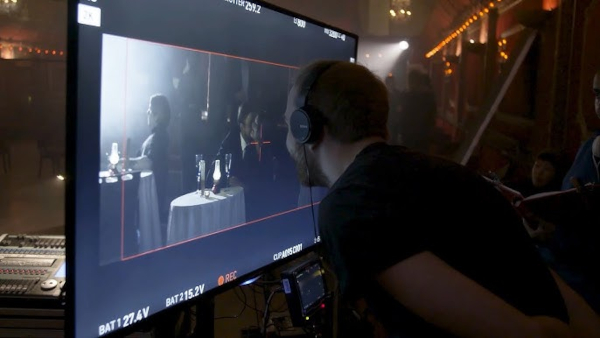
He proceeded to explain the condition to me. Retinitis Pigmentosa, sometimes known as “rod cone dystrophy,” is a degenerative eye disease that slowly, usually over years and years, causes legal blindness. It’s a genetic condition that causes the retinal cells in our eyes – called rods and cones – to fail. This leads to vision loss, starting with night blindness, then a loss of peripheral vision and, in some rare cases, central vision.
He told me my RP had already been incrementally progressing and that I had ten degrees of central vision left, meaning I was already legally blind.
I took the news soberly, without any expression of emotion. I was more interested in facts than feelings. Or maybe it was just shock.
My wife made it to the parking lot before bursting into tears in my arms. Even then, I didn’t cry. Instead, I consoled her, telling her things would be OK. But in truth, I had no idea.
It was a beautiful, sunny day, but there was a falseness to it. Like the sickly bright Los Angeles in Mulholland Drive.
Sometimes life veers so far from the ordinary, it feels surreal. The universe collapsed into mystery again. Chaos, it seemed, had returned.
Those first few months were one long night. I rarely watched films – anything to do with the visual arts was too painful, a reminder of my changing sight. Instead I read poetry, Leonard Cohen, Bukowski, writers who had stumbled through the darkness, attempting to define it. Their words were brief illuminations, burning just long enough for me to find the next step or readjust my grip.
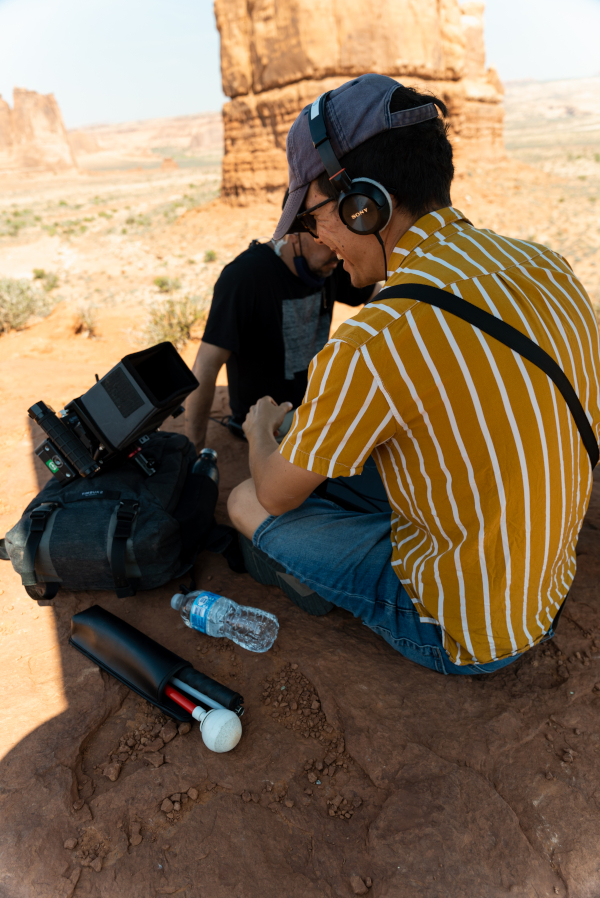
That period brought me back to the beginning of my relationship with art and storytelling. Before I wanted to create art, I needed art. It saved me time and time again. It wasn’t just ornamental, it was meaningful. Necessary.
And it was knowing firsthand the profound impact stories could have on someone that made me want to be a storyteller myself. To give that feeling to others.
But this remembrance, powerful as it was, broke apart as it crashed into the present, dismantled by two words that seemed to be echoing in my head since my diagnosis. Words I never said aloud, too afraid of how they might sound or make me feel.
Blind filmmaker.
At the time, it seemed like an oxymoron. I wouldn’t be surprised if it sounds that way to you now.
Taken at face value, it’s understandable. Cinema since its inception has been defined as a visual art, the medium of “show, don’t tell.” So how could a blind person make a film?
The answer to me then was, maybe they couldn’t. So I put those unspeakable words away and entertained other career paths, professions that were sensible, more in line with society’s expectations of blind people. I could be a screenwriter. Or a playwright, or a novelist.
But as I thought back to growing up in small towns and wanting to walk on the moon, it didn’t sit right with me that I’d choose what I would do or who I would be based on society’s expectations.
The odds held little importance against a deeper truth: I was a filmmaker. When a story emerges in me, it doesn’t manifest as a novel or a play, it reveals itself as a film. A two-hour emotional experience. I don’t see sentences and chapters, I see scenes and sequences. Shots and images. Catharsis and character.
When I was in film school, before I’d even written a script, I would pitch friends my short film ideas shot by shot from start to finish, drawing the compositions in the dirt outside our film building to get my point across.
Like recalling why you fell in love with someone, I realized again something I had known all along:
Cinema isn’t about sight. It’s about vision.
And my vision wasn’t changing. If anything, it was getting stronger.
The storyteller in me reared again and slammed against that concrete wall – blind filmmaker – but this time a crack rippled through it.
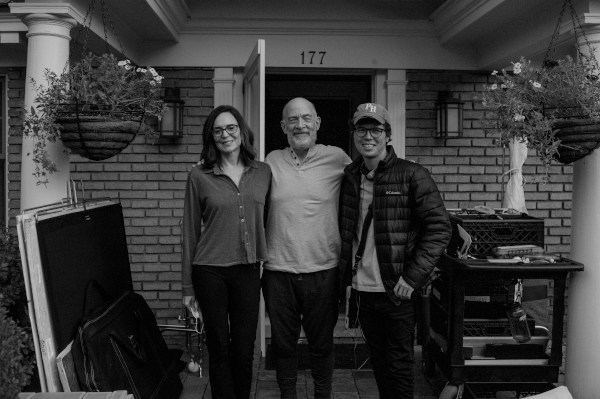
Those words didn’t seem impossible to me anymore, just unfamiliar. I typed them into Google and found Rodney Evans, a filmmaker from Harlem who was diagnosed with my same condition in the middle of making his first feature, Brother to Brother, which starred Anthony Mackie. Rodney finished that film, got it into Sundance, where he won a Special Jury Prize, and has been making films with low vision for more than two decades.
I also found Adam Morse, a filmmaker who was diagnosed with Leber’s hereditary optic neuropathy at 19. Adam was at the start of his career when he became visually impaired and, like Rodney, pursued film with seemingly no precedent. After a string of shorts, he wrote, directed and produced his feature debut, Lucid, using very large monitors and his remaining low-acuity vision to compose shots and direct the actors. Most recently, Adam directed Google’s latest Super Bowl commercial.
Rodney and Adam’s stories pried the door open further. If they could do it, so could I. I began to move from asking myself, “Should I keep making films?” to “Why did I – and society – think a blind person can’t make films?” Or “Who’s to say blind people aren’t visual people?”
I was still in that long, dark night, but far off on the horizon I saw the faintest glow. Something was ending, but something else was beginning.
I picked up the phone and called my producers. I told them I was still going to make Little Brother. They were happy to hear that, but also confused.
Was there a time when we weren’t?
They had been standing at the ready all along, focused on my abilities and the shared vision we had for the film, not my disability.
But Little Brother was still uncast, unfunded and its future was uncertain. An independent film could take years to make. Blue Valentine took Derek Cianfrance a decade. Rian Johnson’s Brick took eight years. There were dozens of other stories like theirs.
I had made the decision to continue, but this was different. This was a commitment. I had to be all in.
What pushed me forward was what I imagine kept Derek and Rian moving forward in those Sisyphean years, against the relentless deluge of false starts and near misses.
I had to tell this story. And I knew if I didn’t, no one else would.
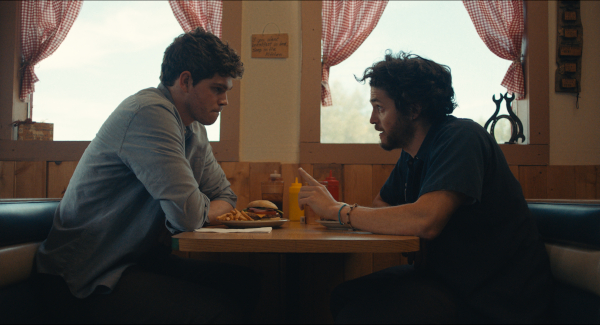
Little Brother is a film about Jake, who’s enlisted by his father to drive his older brother Pete home from Albuquerque to Seattle after his most recent suicide attempt. As they cross the American West, the two struggle to reconcile the past and forge a new bond.
The idea sprung from two pivotal moments in my life. When I was 24, my good friend who was bipolar died by suicide. After his death, his father shared some of his journals online and I was surprised by what I read in them. His writings were so clear-headed, a far cry from what I imagined thoughts of suicide to be.
Three years later, a family member of mine attempted suicide, survived, and was later diagnosed bipolar. In the hospital at their bedside, I witnessed a parade of people – family, friends, pastors – one by one share their reactions.
How could you do this? Why didn’t you tell me? God can help you.
All of them were prioritizing their own feelings over this person’s, leaving no space to ask what seemed most important:
How are you?
These events were eye-opening for me, in part because I realized most of what I knew about suicide I had learned from movies and television. It dawned on me I’d never seen a film that captured their experiences.
So I set out to write one. It was only after I finished that I realized the film was a vicarious experience for me – a chance to sit in a car with my late friend, to try and understand them – in a way that perhaps I never got to in real life.
I reflected on all this as I squared up with the uncertainty of getting Little Brother made. In those early tough days, a fearful thought would flash across my mind.
What if this was your first and last film?
It’s a hard question, one that at the time seemed tied to my disability, but looking back on it now, it’s something every filmmaker should ask themselves.
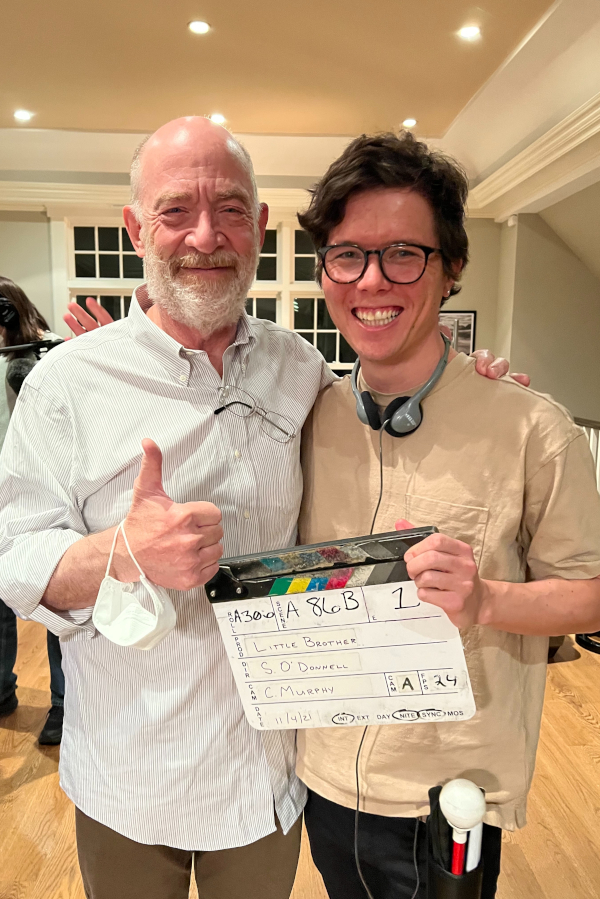
There are no guarantees. A film is a miracle, and miracles aren’t miracles if they happen often. If you only got one turn at the podium, would you still get up and speak? What would you say?
Little Brother and its story were so deeply rooted in my spirit, I knew my answer. And I have to admit: there was something exhilarating about that. Having your back against the wall has a way of clarifying your purpose, rousing your courage, silencing the bullshit.
In November 2021, just over a year and a half after that strange, sunny day in Pasadena, we finished principal photography on Little Brother.
The last day of the shoot was with J.K. Simmons in Montclair, New Jersey. After we called picture wrap, he and I shared a big hug, and we took pictures. There it was again. That surreal feeling. I didn’t cling onto it this time. I just tried to enjoy it.
Throughout my entire twenties, I had fantasized about writing and directing a feature, and now that I had done it, I couldn’t stop thinking about how right it felt. It was like finally being cast in a role I was born to play. I had just worked with an Oscar winner and truthfully, it didn’t feel extraordinary. It felt right. I remember thinking to myself:
I’m good at this.
That thought held, then another thought appeared: “Why would a person be given this talent and a vision condition?” I tried to reconcile those things in my mind.
The truth – which I didn’t know then, but I know now – is this:
There’s nothing to reconcile.
That’s my mind rubbing against more than a hundred years of the same way of doing things. That’s the last of my internalized ableism dying out. Or maybe there’s a reason. Maybe we need filmmakers like Rodney and Adam and others with disabilities to expand the boundaries of cinema.
When I think about the leaps and evolutions the art of film has made, form has always followed content. It was never timing, but rather a change in the types of people holding the camera – the French New Wave, New Hollywood, filmmakers of color – that pushed cinema into new and exciting places.
So where could disability – and disabled filmmakers – take cinema?
In a media landscape where audiences are drowning in the derivative and starving to see something new, isn’t the question worth answering?
—-//—-
Although I’m out and proud about my disability, I hesitate to talk about it because I want the focus to be on my film, not me.
After our premiere at the Atlanta Film Festival, where we won the Audience Award, I didn’t say anything about my disability in my intro to the film, nor did I mention it in any of the press I did. But at the after party with the cast and crew, I couldn’t help but remark on the journey I went on to get Little Brother made, which included my disability.
Once the news was out, some local film students ambushed my cinematographer and peppered him with questions. “What is it like working with a blind director?” “How can he direct the film?”
My cinematographer, recounting the story to me later, answered them: “Sheridan’s blindness is the least interesting thing about him.”
I don’t think I could’ve put it any better myself.
On that last day with JK Simmons, I remember another, more final feeling washing over me. One that overshadowed any residual fear I had left.
I want to do this again. I am a filmmaker.
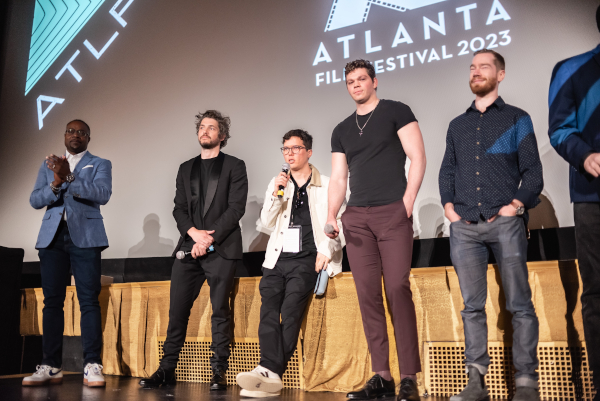
I knew in that moment Little Brother wouldn’t be my last film. And it wasn’t. Since then, I’ve traveled around the world and directed a documentary feature about the disability movement, and I’m currently writing what will be my next narrative film, a drama-mystery-horror that features a blind lead character.
I’ve learned that uncertainty isn’t specific to my disability, it’s part of the process of being an artist. Over time, you grow more comfortable with it, but it’s always scary. That fear can be enlightening. It pushes you to know where you’re going and why you want to go there. Use it. And whenever it feels too big, I just remember: I’ve walked on the moon before, and I’ll do it again.
Featured image, showing Sheridan O’Donnell with actor Daniel Diemer during the making of Little Brother, is by Ryan Yazzie. All images courtesy Sheridan O’Donnell unless otherwise stated.



